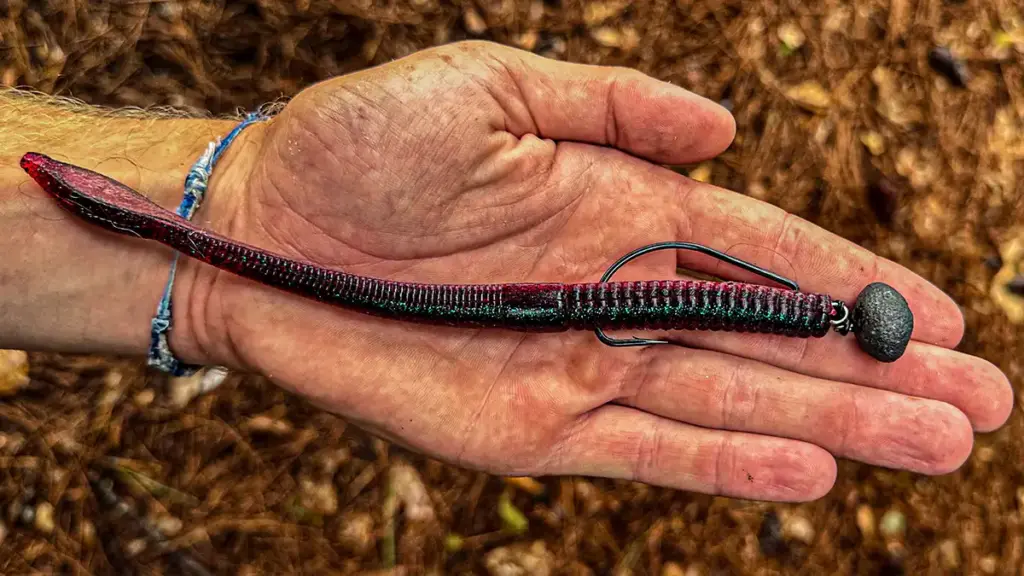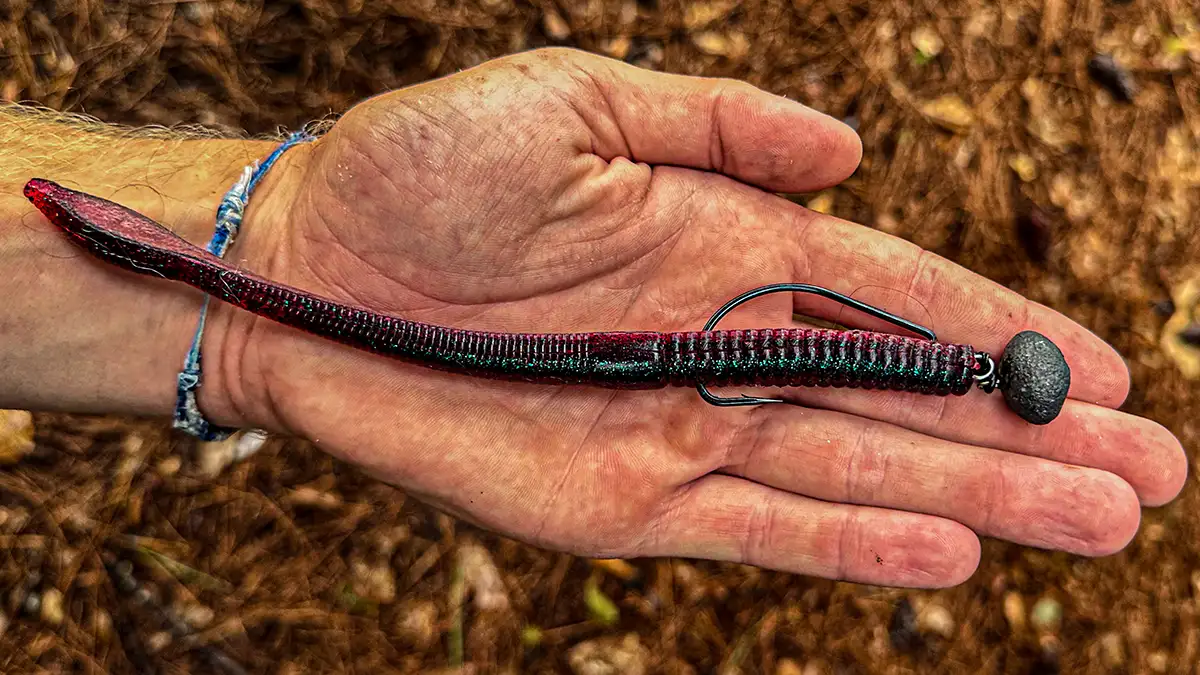
The Alaskan Bull Worm: Separating Myth from Reality in the Animal Kingdom
The Alaskan Bull Worm. The name conjures images of a colossal, terrifying creature lurking beneath the frozen tundra, a monster ripped straight from the pages of pulp fiction. Popularized by the animated television series Spongebob Squarepants, the fictional Alaskan Bull Worm is portrayed as a gargantuan menace capable of swallowing entire towns. But does this behemoth have any basis in reality? Is the Alaskan Bull Worm a real animal, or purely a product of imagination? This article delves into the captivating world of worms, exploring the possibility of a real-life counterpart to the cartoon legend, separating fact from fiction, and examining the fascinating creatures that do inhabit the Alaskan wilderness.
The Fictional Alaskan Bull Worm: A Pop Culture Icon
Before we dissect the potential reality of the Alaskan Bull Worm, it’s important to acknowledge its cultural significance. The Spongebob Squarepants version is a key part of the show’s humor and appeal. Its exaggerated size, destructive capabilities, and comical depiction have made it a memorable character for audiences of all ages. It represents the fear of the unknown, the potential dangers lurking beneath the surface, and the power of imagination. However, it is crucial to remember that this depiction is purely fictional, designed for entertainment purposes.
Searching for a Real-World Equivalent
So, does a real-life Alaskan Bull Worm exist? The short answer is no. There is no documented species of worm, either in Alaska or elsewhere, that matches the size and characteristics of the Spongebob creature. The fictional worm is portrayed as being many feet long, capable of causing massive destruction, and possessing a fearsome appetite. No known worm species comes close to these attributes.
However, the natural world is full of surprises, and the kingdom of worms is incredibly diverse. While there may not be a single animal that perfectly embodies the Alaskan Bull Worm, there are several species of worms and worm-like creatures that possess interesting characteristics that might have contributed to the myth or inspired the fictional character.
Giant Worms: Fact vs. Fiction
One of the key aspects of the Alaskan Bull Worm is its immense size. While no worm grows to the gargantuan proportions depicted in the cartoon, some species of worms can reach impressive lengths. The African giant earthworm (Microchaetus rappi) can grow to over 20 feet long, making it one of the longest invertebrates on Earth. While not found in Alaska, this species demonstrates that worms can indeed reach significant sizes.
Another contender is the bootlace worm (Lineus longissimus), a marine worm found in the coastal waters of Europe. This worm can reach lengths of up to 180 feet, making it one of the longest animals in the world. However, bootlace worms are incredibly thin, resembling a piece of string more than the bulky Alaskan Bull Worm. They are also fragile and tend to break apart easily.
It’s important to note that even these “giant” worms are significantly different from the fictional Alaskan Bull Worm. They are not aggressive predators, nor are they capable of causing widespread destruction. Their size is primarily a result of their elongated body shape, not their overall mass.
Worms of Alaska: Unsung Heroes of the Ecosystem
While a monstrous Alaskan Bull Worm may not exist, Alaska is home to a variety of fascinating and ecologically important worm species. These worms play crucial roles in maintaining the health of the Alaskan ecosystem.
Earthworms, for example, are vital for soil health. They aerate the soil, improve drainage, and break down organic matter, releasing nutrients that plants need to grow. Different species of earthworms are adapted to different soil types and climates, and Alaska is home to a variety of native earthworm species. [See also: The Importance of Soil Health in Alaska]
Other types of worms, such as nematodes, are also abundant in Alaskan soils. While some nematodes are parasitic and can damage crops, many are beneficial, feeding on bacteria, fungi, and other microorganisms. They help to regulate microbial populations in the soil and contribute to nutrient cycling.
The Psychology of Monsters: Why We Love the Alaskan Bull Worm
The enduring popularity of the Alaskan Bull Worm speaks to our fascination with monsters and the unknown. Throughout history, humans have created stories about fantastical creatures that embody our fears and anxieties. These monsters often serve as metaphors for real-world problems or as cautionary tales about the dangers of the natural world. [See also: The Psychology Behind Monster Myths]
The Alaskan Bull Worm, in this context, can be seen as a symbol of the hidden dangers that may lurk beneath the surface, both literally and figuratively. It represents the potential for destruction and chaos, but also the excitement and wonder of the unknown. The fact that it is a fictional creature allows us to explore these themes in a safe and entertaining way.
The Role of Imagination in Science
While the Alaskan Bull Worm is clearly a work of fiction, it can still serve as a valuable tool for sparking curiosity and inspiring scientific inquiry. By asking questions about the possibility of such a creature, we can learn more about the real-world diversity of worms and the ecological roles they play. [See also: Using Fiction to Inspire Scientific Thinking]
Furthermore, the popularity of the Alaskan Bull Worm can be used to engage audiences in conversations about science and conservation. By highlighting the importance of real-world worms and the threats they face, we can promote awareness and encourage action to protect these vital creatures and their habitats.
Conclusion: The Enduring Legacy of a Fictional Worm
The Alaskan Bull Worm, despite its fictional nature, has become a beloved and recognizable character in popular culture. While it may not be a real animal, it has captured the imagination of millions and sparked curiosity about the natural world. By separating fact from fiction and exploring the real-world diversity of worms, we can appreciate the importance of these often-overlooked creatures and the vital roles they play in maintaining the health of our planet. So, while you won’t find an Alaskan Bull Worm swallowing your town anytime soon, remember that the real world is full of equally fascinating and important creatures waiting to be discovered. The legend of the Alaskan Bull Worm, while fictional, serves as a reminder of the power of imagination and the endless wonders of the animal kingdom. The Alaskan Bull Worm is a fun concept, but it’s important to remember the actual Alaskan ecosystem and the creatures within it that need our respect and protection. The Alaskan Bull Worm remains a figment of imagination, but the real worms deserve our attention. The Alaskan Bull Worm is a great example of how fiction can spark interest in the real world. Don’t let the Alaskan Bull Worm distract you from the importance of real Alaskan wildlife. The legacy of the Alaskan Bull Worm lives on. The Alaskan Bull Worm is a cultural phenomenon. The Alaskan Bull Worm is a fun thought experiment. The Alaskan Bull Worm is not a threat to Alaska. The Alaskan Bull Worm is a part of pop culture history.

